1 of 99
Download to read offline


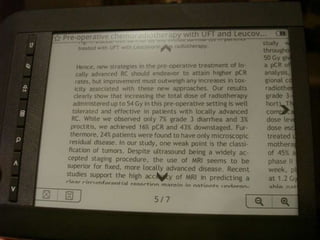


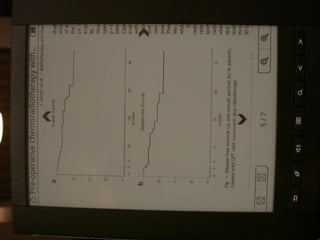
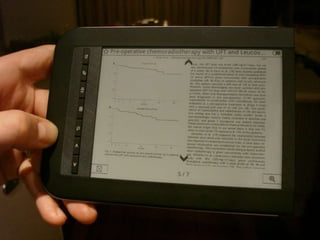

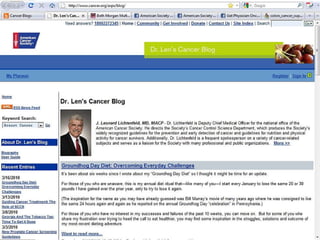
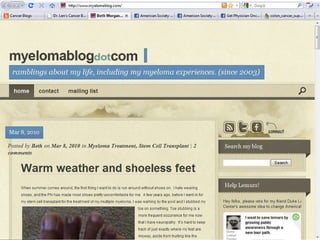



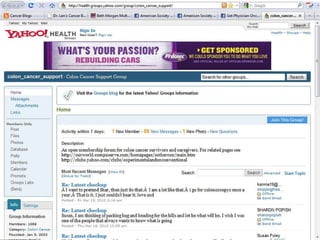
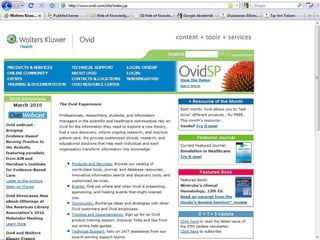
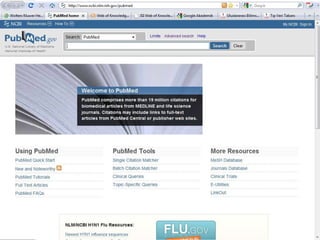


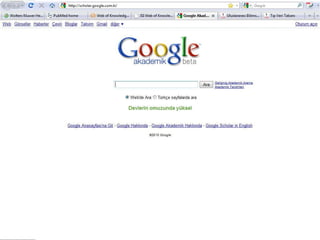
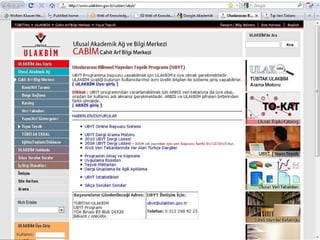

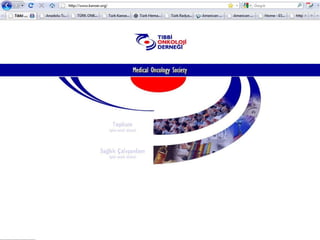
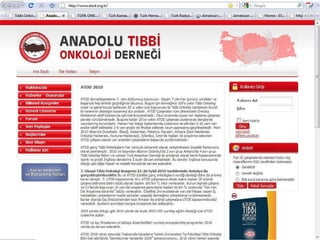
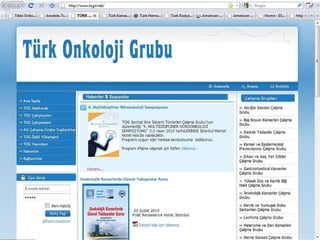
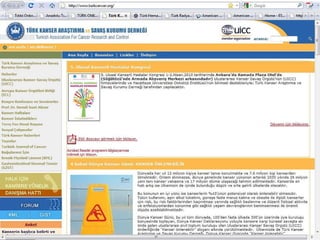
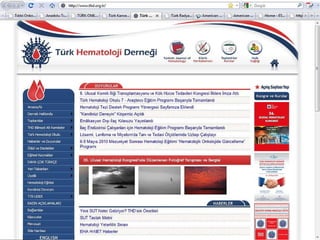
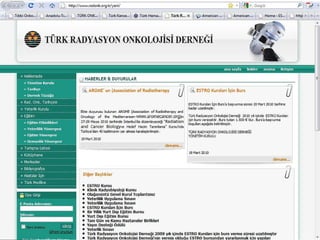
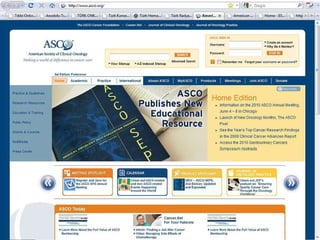



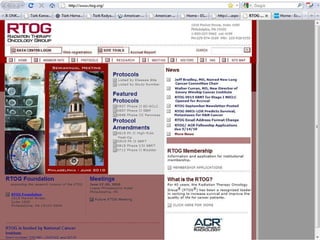
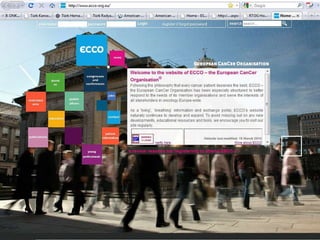
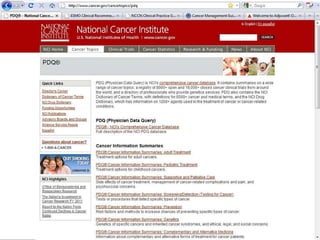




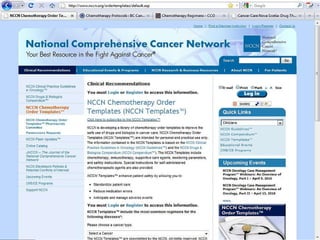

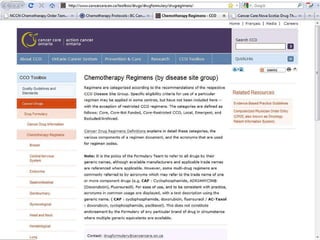

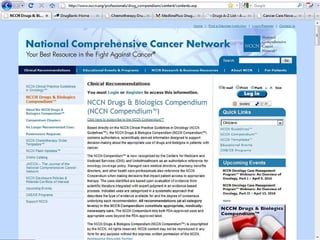



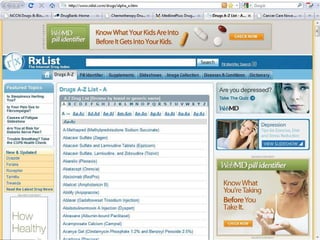

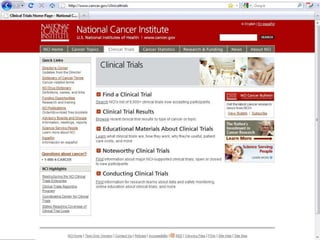

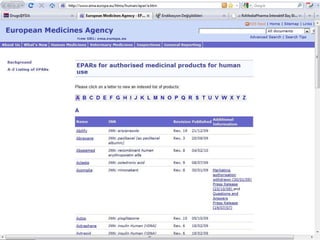
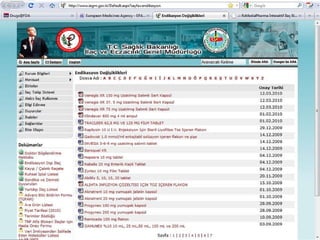
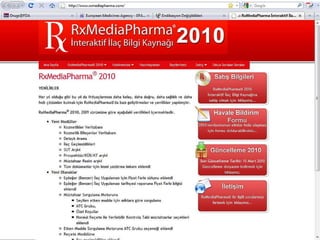
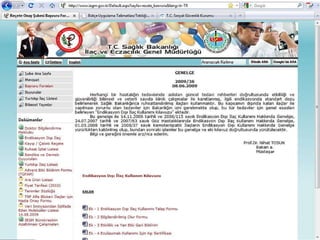
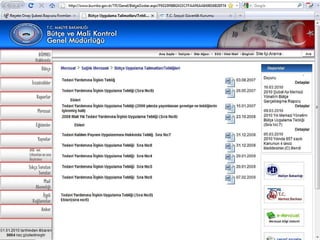


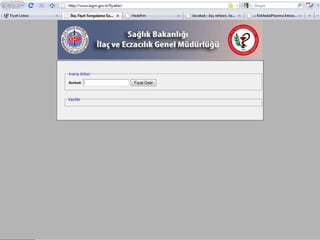


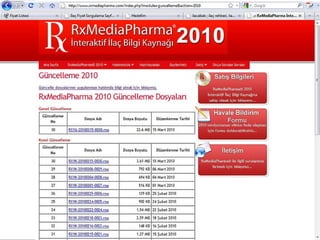
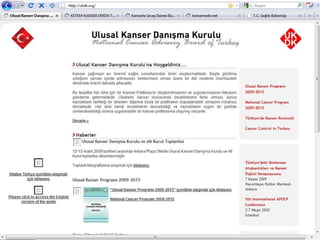
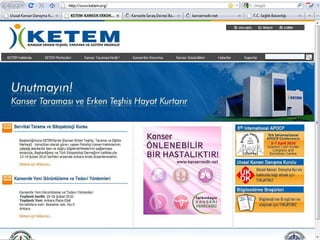

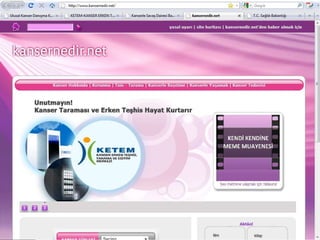

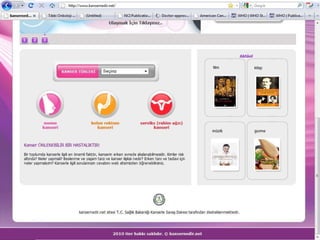
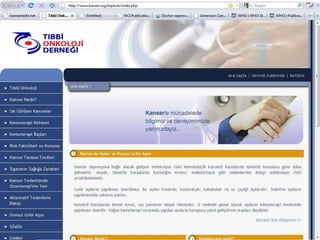
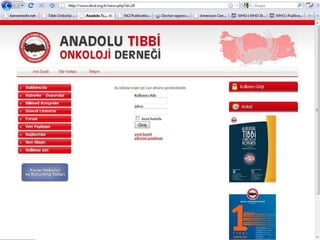




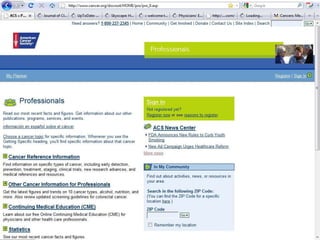
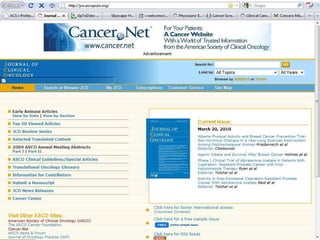


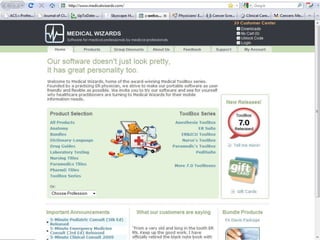



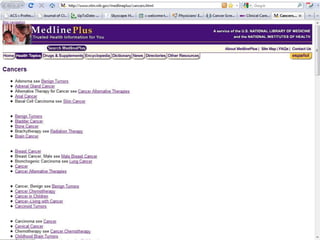
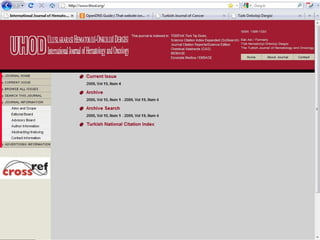
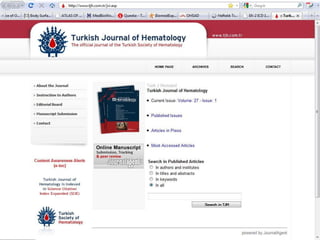

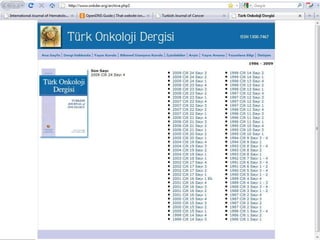
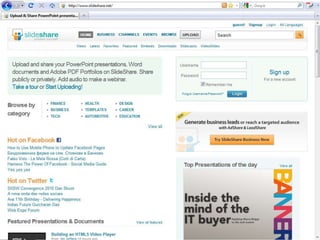
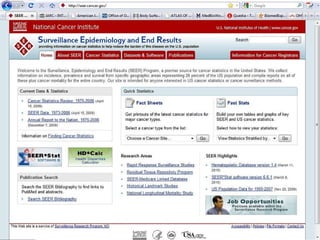


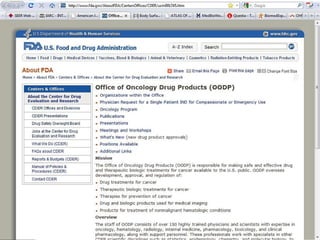
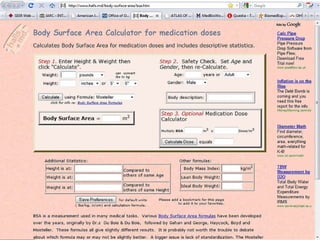
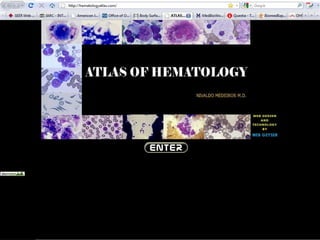
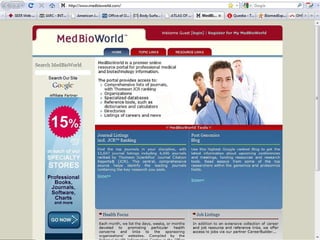

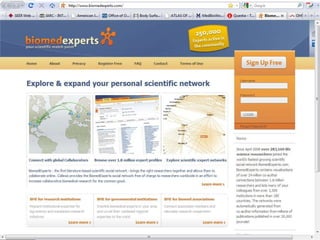
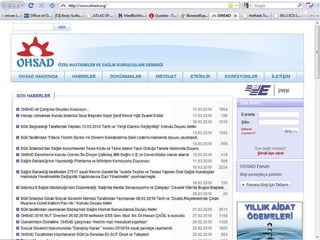
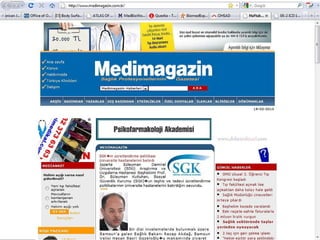

Ad
Recommended
Beyin tum etyolojisi
Beyin tum etyolojisiZafer Akçalı
Ã˝
Türkiye Nörolojik Bilimler Vakfı XI. Nöroonkoloji Sempozyumu 8-10 Ekim 2010, MardinAkciger Kanseri Yenilikler
Akciger Kanseri YeniliklerZafer Akçalı
Ã˝
Akciğer kanseri tanı ve tedavisinde yenilikler.
İstanbul Bilim Üniversitesi Tıp Fakültesi Semineri. 16 Şubat 2011CQRS innovations
CQRS innovationsAndrey Lomakin
Ã˝
–î–æ–∫—É–º–µ–Ω—Ç —Ä–∞—Å—Å–º–∞—Ç—Ä–∏–≤–∞–µ—Ç –∞—Ä—Ö–∏—Ç–µ–∫—Ç—É—Ä–Ω—ã–π –ø–æ–¥—Ö–æ–¥ CQRS (Command Query Responsibility Segregation) –∫–∞–∫ —Ä–µ—à–µ–Ω–∏–µ –¥–ª—è –º–∞—Å—à—Ç–∞–±–∏—Ä—É–µ–º–æ—Å—Ç–∏ –∏ –æ–ø—Ç–∏–º–∏–∑–∞—Ü–∏–∏ —Å–æ–≤—Ä–µ–º–µ–Ω–Ω—ã—Ö –∫–æ—Ä–ø–æ—Ä–∞—Ç–∏–≤–Ω—ã—Ö –ø—Ä–∏–ª–æ–∂–µ–Ω–∏–π, –≤—ã–¥–µ–ª—è—è –æ—Å–Ω–æ–≤–Ω—ã–µ –ø—Ä–æ–±–ª–µ–º—ã —Ç—Ä–∞–¥–∏—Ü–∏–æ–Ω–Ω–æ–≥–æ CRUD-–ø–æ–¥—Ö–æ–¥–∞. –¢–∞–∫–∂–µ —Ä–∞—Å—Å–º–∞—Ç—Ä–∏–≤–∞—é—Ç—Å—è –ø—Ä–∏–Ω—Ü–∏–ø—ã —Ä–µ–∞–ª–∏–∑–∞—Ü–∏–∏ CQRS —Å –∏—Å–ø–æ–ª—å–∑–æ–≤–∞–Ω–∏–µ–º Axon Framework, –ø—Ä–∏–º–µ—Ä—ã –ø—Ä–∏–º–µ–Ω–µ–Ω–∏—è –∏ –ø—Ä–µ–∏–º—É—â–µ—Å—Ç–≤–∞ –ø–æ–¥—Ö–æ–¥–∞ –¥–ª—è —É–ø—Ä–∞–≤–ª–µ–Ω–∏—è –±–∏–∑–Ω–µ—Å-–ª–æ–≥–∏–∫–æ–π. –í –∑–∞–∫–ª—é—á–µ–Ω–∏–µ –ø–æ–¥—á–µ—Ä–∫–∏–≤–∞–µ—Ç—Å—è –∑–Ω–∞—á–∏–º–æ—Å—Ç—å CQRS –¥–ª—è –æ–±–µ—Å–ø–µ—á–µ–Ω–∏—è –≤—ã—Å–æ–∫–æ–ø—Ä–æ–∏–∑–≤–æ–¥–∏—Ç–µ–ª—å–Ω—ã—Ö –∏ –≥–∏–±–∫–∏—Ö –∫–æ—Ä–ø–æ—Ä–∞—Ç–∏–≤–Ω—ã—Ö —Å–∏—Å—Ç–µ–º.1st Term Act
1st Term Actymb
Ã˝
The document outlines activities from the ELOS project at S. Pedro do Sul Secondary School in Portugal. It describes events held on the European Day of Languages in September 2007 which included European games and a fair with foods from different countries. It also discusses subsequent activities such as a conference on the European Union, studying the EU institutions and human rights, and a competition where students wrote original Christmas stories.Insan Hakları Ihlalleri
Insan Hakları Ihlalleriymb
Ã˝
3 Mart 2010 İzmir Tevfik Fikret Lisesi Etkinliği Songül Sevinç-Çiğli Rotary TM ve ATM LisesiKanserde Birincil Korunma
Kanserde Birincil KorunmaZafer Akçalı
Ã˝
Tıp Fakültesi Dönem 3 Dersi: Malignite Belirti ve Bulguları, Koruyucu HekimlikApache Cassandra, part 3 – machinery, work with Cassandra
Apache Cassandra, part 3 – machinery, work with CassandraAndrey Lomakin
Ã˝
This document discusses Apache Cassandra's architecture and usage, focusing on the Staged Event-Driven Architecture (SEDA) which enhances system load management. It provides detailed instructions for installing, configuring, and operating Cassandra, including commands for creating clusters, keyspaces, and column families. Additionally, it covers data operations such as writing, reading, and deleting data, along with relevant resources for further learning.CQRS innovations (English version)
CQRS innovations (English version)Andrey Lomakin
Ã˝
This document discusses CQRS (Command Query Responsibility Segregation), an architectural pattern that separates read and write operations for data access. It outlines some issues with traditional CRUD approaches like broken encapsulation and lack of scalability. CQRS addresses these by separating command and query models, allowing for optimized data storage and retrieval strategies on each side. The document also introduces the Axon framework as a popular CQRS implementation and provides an example address book application to demonstrate CQRS concepts.Apache Cassandra, part 1 – principles, data model
Apache Cassandra, part 1 – principles, data modelAndrey Lomakin
Ã˝
The document provides an overview of Apache Cassandra, highlighting its principles, data model, and comparison to traditional RDBMS systems. It discusses scalability, sharding techniques, and the architecture of Cassandra, including its use of a decentralized distributed hash table (DHT) for efficient data retrieval. The document also touches on advanced column types and operational characteristics such as high availability, fault tolerance, and performance metrics.Apache Cassandra, part 2 – data model example, machinery
Apache Cassandra, part 2 – data model example, machineryAndrey Lomakin
Ã˝
The document details a data model example for Apache Cassandra, focusing on a social media application called Twissandra, with user functionalities such as creating tweets and managing friend relationships. It discusses various components of the database schema, including column families for users, friends, followers, and tweets, along with examples of Cassandra Query Language (CQL) commands for data manipulation and retrieval. Additionally, it covers architectural aspects like partitioning, replication strategies, and performance optimizations through mechanisms like compaction and bloom filters.More Related Content
Viewers also liked (10)
CQRS innovations
CQRS innovationsAndrey Lomakin
Ã˝
–î–æ–∫—É–º–µ–Ω—Ç —Ä–∞—Å—Å–º–∞—Ç—Ä–∏–≤–∞–µ—Ç –∞—Ä—Ö–∏—Ç–µ–∫—Ç—É—Ä–Ω—ã–π –ø–æ–¥—Ö–æ–¥ CQRS (Command Query Responsibility Segregation) –∫–∞–∫ —Ä–µ—à–µ–Ω–∏–µ –¥–ª—è –º–∞—Å—à—Ç–∞–±–∏—Ä—É–µ–º–æ—Å—Ç–∏ –∏ –æ–ø—Ç–∏–º–∏–∑–∞—Ü–∏–∏ —Å–æ–≤—Ä–µ–º–µ–Ω–Ω—ã—Ö –∫–æ—Ä–ø–æ—Ä–∞—Ç–∏–≤–Ω—ã—Ö –ø—Ä–∏–ª–æ–∂–µ–Ω–∏–π, –≤—ã–¥–µ–ª—è—è –æ—Å–Ω–æ–≤–Ω—ã–µ –ø—Ä–æ–±–ª–µ–º—ã —Ç—Ä–∞–¥–∏—Ü–∏–æ–Ω–Ω–æ–≥–æ CRUD-–ø–æ–¥—Ö–æ–¥–∞. –¢–∞–∫–∂–µ —Ä–∞—Å—Å–º–∞—Ç—Ä–∏–≤–∞—é—Ç—Å—è –ø—Ä–∏–Ω—Ü–∏–ø—ã —Ä–µ–∞–ª–∏–∑–∞—Ü–∏–∏ CQRS —Å –∏—Å–ø–æ–ª—å–∑–æ–≤–∞–Ω–∏–µ–º Axon Framework, –ø—Ä–∏–º–µ—Ä—ã –ø—Ä–∏–º–µ–Ω–µ–Ω–∏—è –∏ –ø—Ä–µ–∏–º—É—â–µ—Å—Ç–≤–∞ –ø–æ–¥—Ö–æ–¥–∞ –¥–ª—è —É–ø—Ä–∞–≤–ª–µ–Ω–∏—è –±–∏–∑–Ω–µ—Å-–ª–æ–≥–∏–∫–æ–π. –í –∑–∞–∫–ª—é—á–µ–Ω–∏–µ –ø–æ–¥—á–µ—Ä–∫–∏–≤–∞–µ—Ç—Å—è –∑–Ω–∞—á–∏–º–æ—Å—Ç—å CQRS –¥–ª—è –æ–±–µ—Å–ø–µ—á–µ–Ω–∏—è –≤—ã—Å–æ–∫–æ–ø—Ä–æ–∏–∑–≤–æ–¥–∏—Ç–µ–ª—å–Ω—ã—Ö –∏ –≥–∏–±–∫–∏—Ö –∫–æ—Ä–ø–æ—Ä–∞—Ç–∏–≤–Ω—ã—Ö —Å–∏—Å—Ç–µ–º.1st Term Act
1st Term Actymb
Ã˝
The document outlines activities from the ELOS project at S. Pedro do Sul Secondary School in Portugal. It describes events held on the European Day of Languages in September 2007 which included European games and a fair with foods from different countries. It also discusses subsequent activities such as a conference on the European Union, studying the EU institutions and human rights, and a competition where students wrote original Christmas stories.Insan Hakları Ihlalleri
Insan Hakları Ihlalleriymb
Ã˝
3 Mart 2010 İzmir Tevfik Fikret Lisesi Etkinliği Songül Sevinç-Çiğli Rotary TM ve ATM LisesiKanserde Birincil Korunma
Kanserde Birincil KorunmaZafer Akçalı
Ã˝
Tıp Fakültesi Dönem 3 Dersi: Malignite Belirti ve Bulguları, Koruyucu HekimlikApache Cassandra, part 3 – machinery, work with Cassandra
Apache Cassandra, part 3 – machinery, work with CassandraAndrey Lomakin
Ã˝
This document discusses Apache Cassandra's architecture and usage, focusing on the Staged Event-Driven Architecture (SEDA) which enhances system load management. It provides detailed instructions for installing, configuring, and operating Cassandra, including commands for creating clusters, keyspaces, and column families. Additionally, it covers data operations such as writing, reading, and deleting data, along with relevant resources for further learning.CQRS innovations (English version)
CQRS innovations (English version)Andrey Lomakin
Ã˝
This document discusses CQRS (Command Query Responsibility Segregation), an architectural pattern that separates read and write operations for data access. It outlines some issues with traditional CRUD approaches like broken encapsulation and lack of scalability. CQRS addresses these by separating command and query models, allowing for optimized data storage and retrieval strategies on each side. The document also introduces the Axon framework as a popular CQRS implementation and provides an example address book application to demonstrate CQRS concepts.Apache Cassandra, part 1 – principles, data model
Apache Cassandra, part 1 – principles, data modelAndrey Lomakin
Ã˝
The document provides an overview of Apache Cassandra, highlighting its principles, data model, and comparison to traditional RDBMS systems. It discusses scalability, sharding techniques, and the architecture of Cassandra, including its use of a decentralized distributed hash table (DHT) for efficient data retrieval. The document also touches on advanced column types and operational characteristics such as high availability, fault tolerance, and performance metrics.Apache Cassandra, part 2 – data model example, machinery
Apache Cassandra, part 2 – data model example, machineryAndrey Lomakin
Ã˝
The document details a data model example for Apache Cassandra, focusing on a social media application called Twissandra, with user functionalities such as creating tweets and managing friend relationships. It discusses various components of the database schema, including column families for users, friends, followers, and tweets, along with examples of Cassandra Query Language (CQL) commands for data manipulation and retrieval. Additionally, it covers architectural aspects like partitioning, replication strategies, and performance optimizations through mechanisms like compaction and bloom filters.Tok2010 Resimler
- 1. Onkolojide İnternet Kullanımı Resimler ve Siteler III. Tıbbi Onkoloji Kongresi, 26 Mart 2010 Dr. Zafer Akçalı Özel UHG İtalyan Hastanesi, İstanbul
- 2. Ã˝
- 3. Ã˝
- 4. Ã˝
- 5. Ã˝
- 6. Ã˝
- 7. Ã˝
- 8. Ã˝
- 9. Ã˝
- 10. Ã˝
- 11. Ã˝
- 12. Ã˝
- 13. Ã˝
- 14. Ã˝
- 15. Ã˝
- 16. Ã˝
- 17. Ã˝
- 18. Ã˝
- 19. Ã˝
- 20. Ã˝
- 21. Ã˝
- 22. Ã˝
- 23. Ã˝
- 24. Ã˝
- 25. Ã˝
- 26. Ã˝
- 27. Ã˝
- 28. Ã˝
- 29. Ã˝
- 30. Ã˝
- 31. Ã˝
- 32. Ã˝
- 33. Ã˝
- 34. Ã˝
- 35. Ã˝
- 36. Ã˝
- 37. Ã˝
- 38. Ã˝
- 39. Ã˝
- 40. Ã˝
- 41. Ã˝
- 42. Ã˝
- 43. Ã˝
- 44. Ã˝
- 45. Ã˝
- 46. Ã˝
- 47. Ã˝
- 48. Ã˝
- 49. Ã˝
- 50. Ã˝
- 51. Ã˝
- 52. Ã˝
- 53. Ã˝
- 54. Ã˝
- 55. Ã˝
- 56. Ã˝
- 57. Ã˝
- 58. Ã˝
- 59. Ã˝
- 60. Ã˝
- 61. Ã˝
- 62. Ã˝
- 63. Ã˝
- 64. Ã˝
- 65. Ã˝
- 66. Ã˝
- 67. Ã˝
- 68. Ã˝
- 69. Ã˝
- 70. Ã˝
- 71. Ã˝
- 72. Ã˝
- 73. Ã˝
- 74. Ã˝
- 75. Ã˝
- 76. Ã˝
- 77. Ã˝
- 78. Ã˝
- 79. Ã˝
- 80. Ã˝
- 81. Ã˝
- 82. Ã˝
- 83. Ã˝
- 84. Ã˝
- 85. Ã˝
- 86. Ã˝
- 87. Ã˝
- 88. Ã˝
- 89. Ã˝
- 90. Ã˝
- 91. Ã˝
- 92. Ã˝
- 93. Ã˝
- 94. Ã˝
- 95. Ã˝
- 96. Ã˝
- 97. Ã˝
- 98. Ã˝
- 99. Ã˝